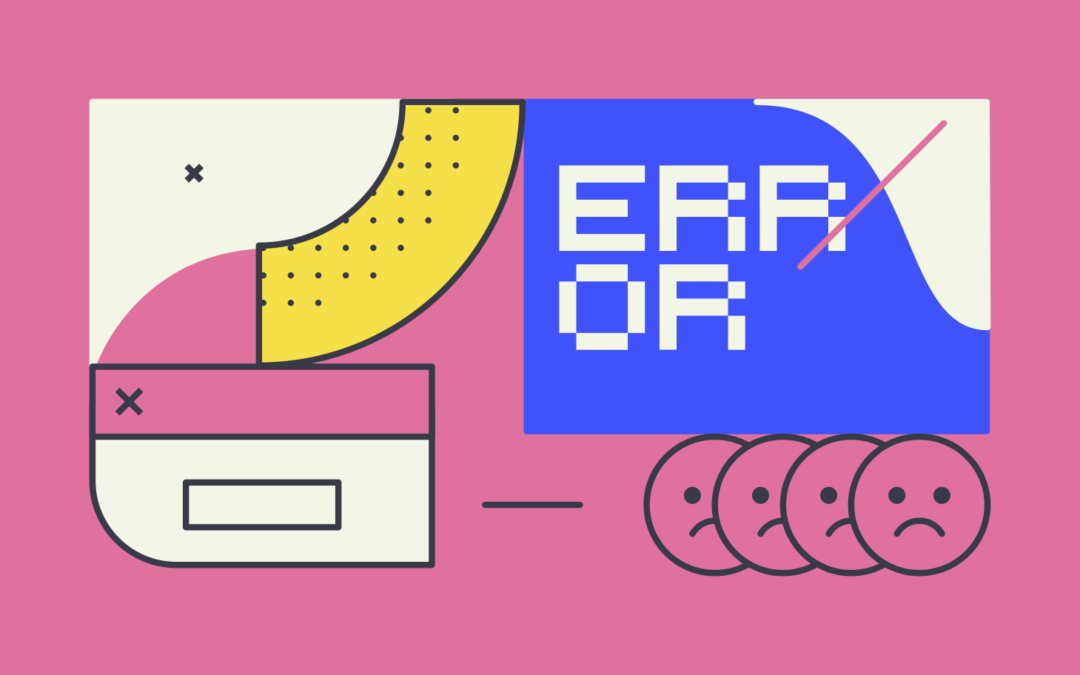It’s a tale as old as time. You can’t sell product without a brand; you can’t sell brand without a product. Product designers and brand designers are sometimes viewed as adversarial disciplines, but in truth, both sides are working toward the same goal with different tools. But what’s the right balance? And how can you get the best of both worlds? To begin, a bit of level-setting.
Product Designers
Product design is commonly defined as the approach to building a new product from start to finish. This encompasses market research, identifying problems, product development, designing informed solutions—and everything in between. It is a practice that values analytics, speed, efficiency, and multiple iterations, so it should come as no surprise that the role of product designers has exploded in the age of startups. Most of the time, product designers are working with an established toolkit and experimenting with how best to implement it.
Consider this clip from The Founder wherein they mockup a version of a McDonald’s kitchen on a tennis court. The way they are thinking about design is decidedly not about how it will make customers or employees feel when entering the restaurant, it is about what levers can be tweaked to create a burger in thirty seconds.
“While every project is different, there is a paint-by-numbers approach to the visuals that can happen in product design,” says Senior Designer Jonathan Haggard. “It tends to be very mathematical and results-driven to get to the design. Deciding a color works because it signifies a specific goal which can be tested. Technically, you can be a fantastic product designer and still have an unappealing aesthetic.”
As outlined by the UX Collective, the main tasks of a product designer are to:
– Define different scenarios and build interaction patterns
– Use tools that help them study user behavior (UX)
– Create interface prototypes (UI) and create the logic of the product with wireframes
– Pose and analyze different tests (A/B) to verify that this is the best product that can be offered
– Transfer the status and needs of the product to the Product Manager
Brand Designers
Creating a brand, on the other hand, is a completely different story. In the words of Seth Godin, a brand is “the set of expectations, memories, stories, and relationships that, taken together, account for a consumer’s decision to choose one product or service over another.” Whereas brand may once have been confined to a logo, it now extends on-and-offline to encompass visual identity, photography, video, copywriting, events, experiences, and behaviors. The tall order of brand designing is constituting a system that can hold all of these different elements and form an identity that not only feels right for today, but is flexible enough to grow for tomorrow. By definition, brand designers will not have analytics for every decision and there is an element of risk in decision making.
Action vs. Reaction
To be clear, companies need stellar product and brand design. But in the age of analytics and big data, when it has never been easier to make every single decision a numbers game, we argue that companies have over-indexed on product design thinking. If you’re always reacting to analytics, it’s incredibly difficult to surprise, provoke, or differentiate yourself because you’re letting what’s there dictate what could be.
There is a video from 2006 that still gets passed around between designers. It asks the simple question: What if Microsoft designed the iPod?
“The fact is that great design is a mix of art and science, and in a world run by product, where is the art?” asks Creative Director Thomas Hutchings. “Results and testing are incredibly important, but they will lead you to familiarity. If you want to pave the way for new thinking, you need an element of risk—you have to resist the urge to test everything and be comfortable with the fact that ground-breaking stuff may be poorly received at first.”
“The tricky thing about product design is that it is all about patterns, without necessarily an investigation of whether those patterns are good or bad,” continues Jonathan Haggard. “If you make a change to the pattern, some product designers will ask, ‘Does Google or Apple do that?’ It’s a fair question, but that’s not how you break the mold. That is the mold.”
Stay Weird
In a perfect world, you adopt best practices without losing your appetite for risk. Because while business is, of course, a business, there will always be an unquantifiable element of art, of storytelling, of magic that brings it all together and elevates your rational strategies to a higher emotional plane. You can’t get there by brain alone. You need heart.
In his great article, “When Product Design and Brand Join Forces,” Rob Goldin says, “Often as product designers, we develop such a deep empathy for customer needs, fears, and desires, that it can become a natural extension of our thinking from product requirements to emotional brand attributes.”
And that’s the ticket right there. A willingness to blend the rational and the emotional, the analytical and the unknown to create something larger than the sum of its parts.
Emotive Brand is a brand strategy and design agency in Oakland, California.





